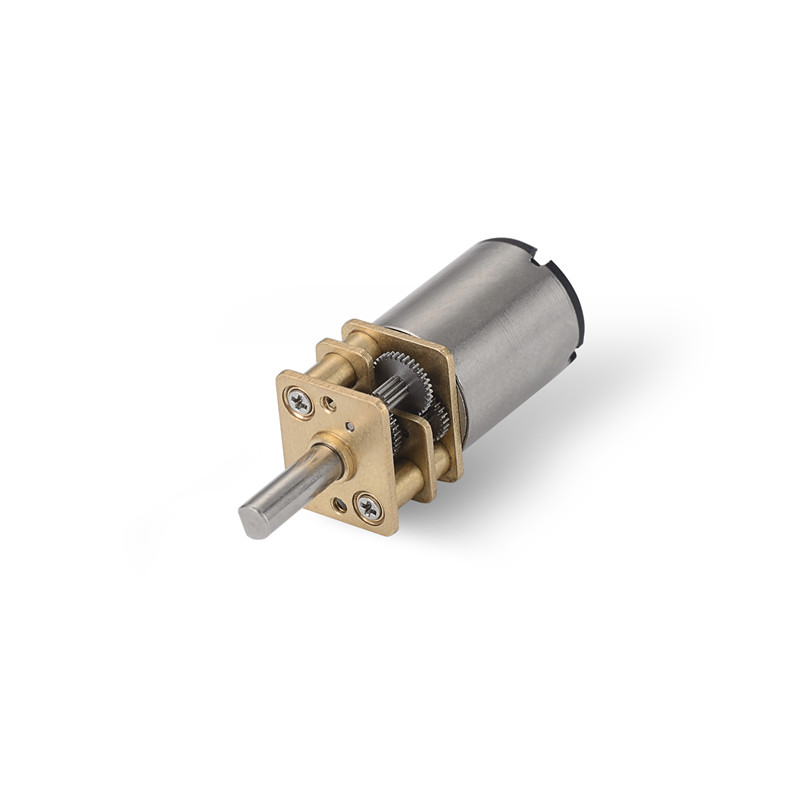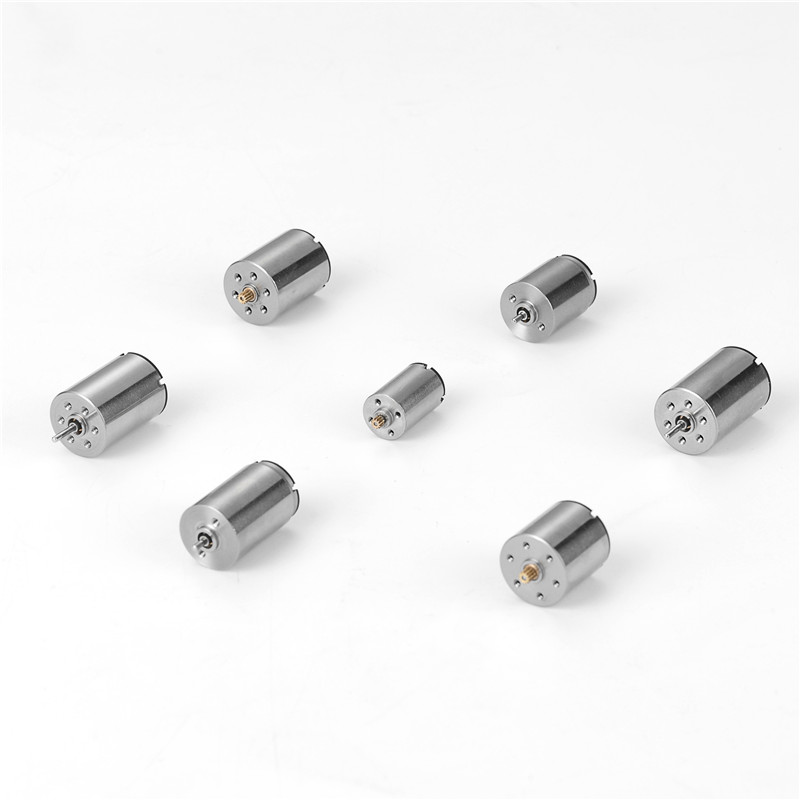Guide: Servo motor is an engine that controls the operation of mechanical components in a servo system. It is an auxiliary motor indirect transmission. The servo motor can control the speed and position accuracy very accurately, and can convert the voltage signal into torque and speed to drive the control object.
A servo motor is an engine that controls the operation of a mechanical component in a servo system, and is an auxiliary motor indirect transmission. The servo motor can control the speed and position accuracy very accurately, and can convert the voltage signal into torque and speed to drive the control object. The servo motor rotor speed is controlled by the input signal and can react quickly. It is used as an actuator in the automatic control system, and has the characteristics of small electromechanical time constant, high linearity, and starting voltage, which can receive the received electrical signal. Converted to an angular displacement or angular velocity output on the motor shaft. Divided into two major categories of DC and AC servo motor, its main feature is that when the signal voltage is zero, there is no rotation phenomenon, and the speed decreases with the increase of torque.
Servo motors are widely used in various control systems to convert the input voltage signal into mechanical output on the motor shaft and drag the controlled components to achieve control purposes.
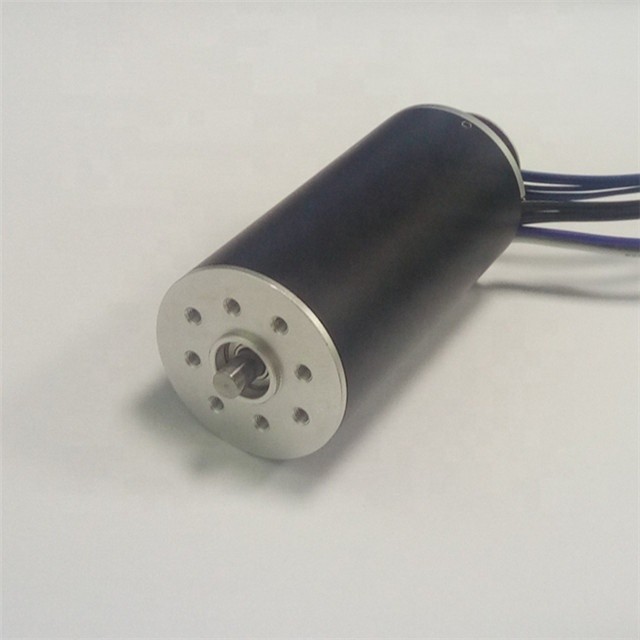
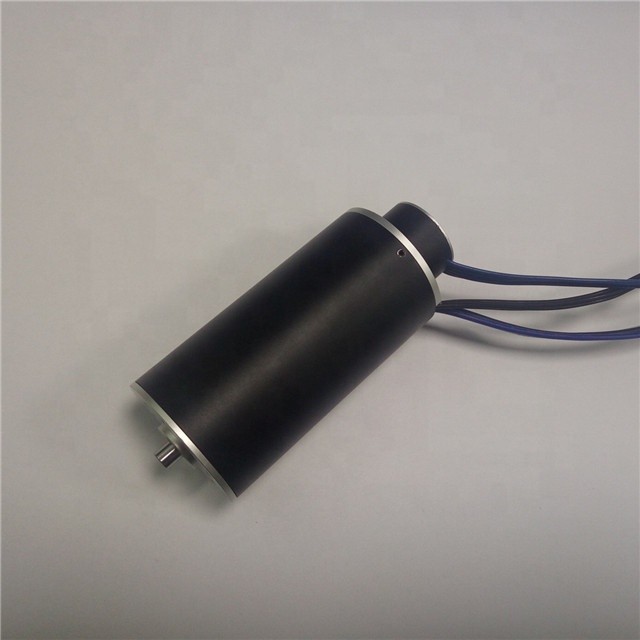
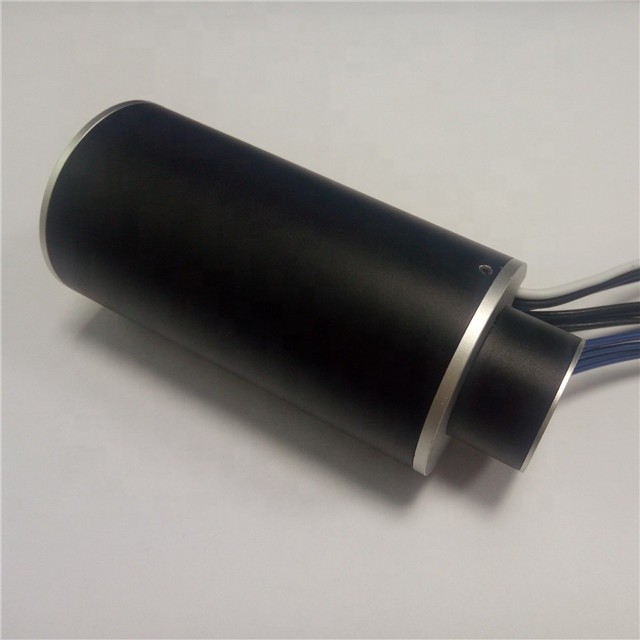
The servo motor has DC and AC; the earliest servo motor is a general DC motor. When the control accuracy is not high, the general DC motor is used as the servo motor. The current DC servo motor is structurally a low-power DC motor, and its excitation uses armature control and magnetic field control, but usually uses armature control.
The classification of rotating electric machines, DC servo motors can meet the requirements of the control system in terms of mechanical characteristics. However, due to the existence of commutators, there are many shortcomings: sparks are easily generated between the commutator and the brush, which interferes with the operation of the drive. Can not be used in the case of flammable gas; friction between the brush and the commutator will result in a larger dead zone;
The structure is complicated and maintenance is difficult.
The AC servo motor is essentially a two-phase asynchronous motor. There are three main control methods: amplitude control, phase control and amplitude and phase control.
Generally, the servo motor requires the speed of the motor to be controlled by the applied voltage signal; the speed can be continuously changed as the applied voltage signal changes; the motor is reflected faster, the volume is smaller, and the control power is smaller. Servo motors are mainly used in various motion control systems, especially the servo system.
You may be looking for:

